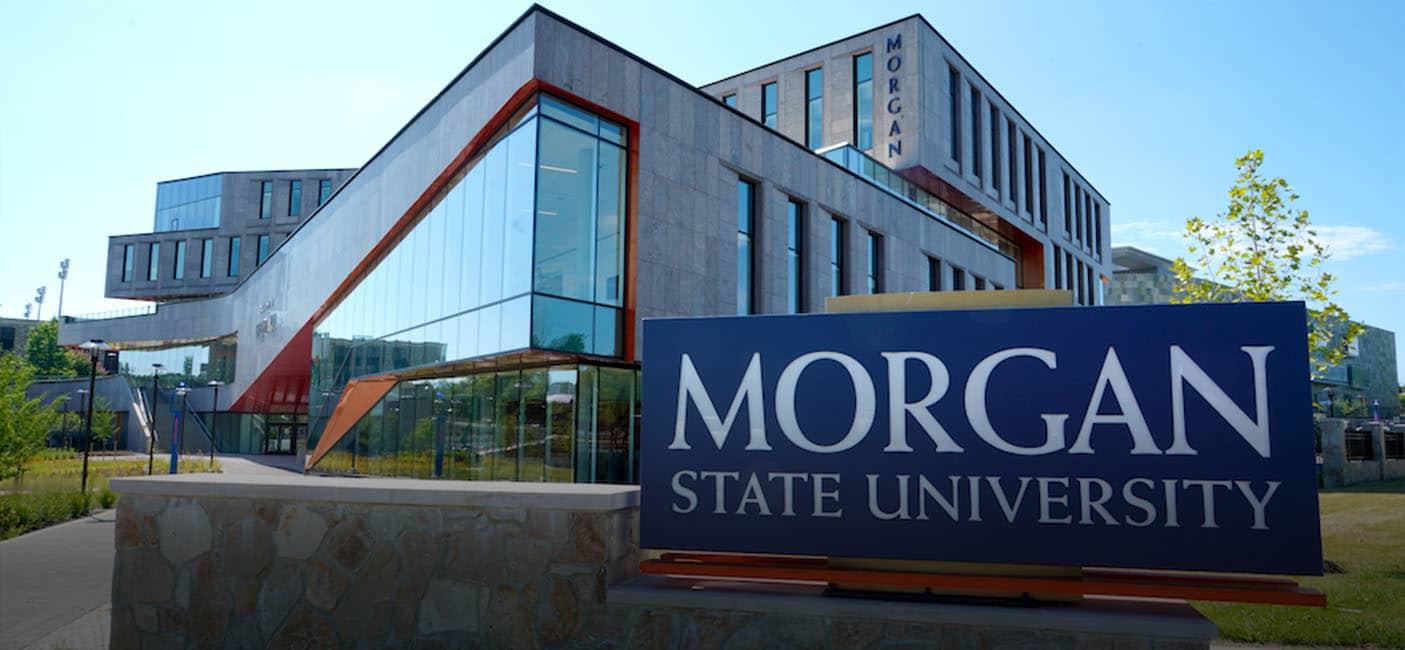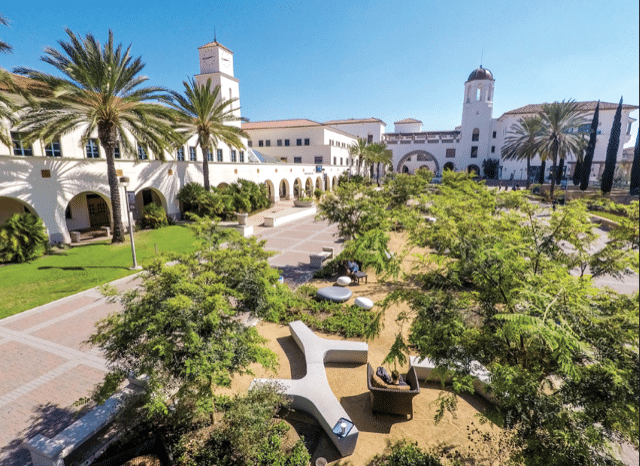In my role as Associate Provost for Faculty Affairs, I’m always thinking about equity and transparency in our work with faculty. In recent years, the need for clarity on faculty workloads has gained more attention from the Faculty Senate and university administration. Because the work of faculty can vary from one academic unit to another, across different positions and ranks, among faculty within a given unit, and over time for individual faculty members, it can be difficult to determine whether faculty are pulling their weight—or doing more than their fair share. Hidden labor can lead to an overextension of those who volunteer and do greater levels of service or other activities and turn into burnout and frustration. Complacency is also a risk for those who are underextended. Our work on Faculty Workload Equity at Texas Christian University (TCU) began before the pandemic and gained momentum in the last couple of years.
Creating a Campus-wide Model
At TCU, we have just over 700 full-time faculty. Our data on faculty activities was decentralized as we relied on individual faculty PDFs to track who was doing what. Access to aggregate data of any kind was a difficult manual process that encouraged processes and decision-making without attention to data. In 2018, our Faculty Senate Faculty Relations Committee asked us to look at workloads with the goal of promoting equity, transparency, clarity, and accountability across the campus. Then, in March 2019, our new Provost noticed a common theme during listening tours across campus: faculty—particularly female faculty and faculty of color—felt that there was labor they were doing that the university wasn’t noticing, acknowledging, or valuing. This was labor that didn’t count in promotion, tenure, and annual merit review processes. These insights from faculty highlighted the need for a quantitative tool to consider and enhance equity within departments, disciplines, and academic units. We began looking into platforms to support this use case.
Our efforts were paused in 2020 as the university responded to the pandemic, then continued in 2021 with work to develop workload model parameters or framework for the university. A committee of deans, institutional research staff, and faculty senators who developed and revisited earlier recommendations designed a proposed model for the university. Then in the summer of 2022, I worked with the deans to identify some of the differences among the colleges and refine the model for use across the university as a whole. The model consists of a 100% workload total with a 10% allocation for each three-credit-hour course and the remaining load divided among research and creative activity for tenure track faculty, professional activity for teaching stream faculty, service, and administrative appointments.
Using Technology to Enhance Workload Equity
The deans also provided insights and feedback on a draft form we created in Interfolio Faculty Activity Reporting (FAR) that aligns with the faculty equity workload model. The Interfolio worksheet is a workload agreement and mechanism for unit leaders and faculty to plan and document what faculty will do within and outside their home unit in the upcoming academic year. This form has two sections related to teaching workload: one is more overarching with the percentages and some goals for the upcoming year, while the other is a plan for specific courses. We also developed research, creative activities, service, and administrative workload sections that are all structured to capture workload percentages and goals. Reports from this worksheet will facilitate understanding for the unit heads and deans of how workloads fall below, meet, or exceed expectations.
In fall 2022, we began to socialize the model with the department chairs and the program directors, making revisions given their feedback on the model and the Interfolio forms as well as the goals of faculty workload equity. Colleges began developing policies to operationalize workloads for their faculty by rank, position, and work history, as well as define processes and procedures for developing and communicating workloads that meet the needs of their academic units.
Piloting the Faculty Workload Model
In 2023, we launched a pilot of our model with nine academic units within four colleges, ensuring a mix of larger, medium, and smaller units to test the model across a range of conditions. The units taking part in the pilot engaged faculty in discussions about faculty workload, mapping workloads, and modeling faculty workload in worksheets created within Interfolio FAR.
The idea was that academic unit heads would work with faculty to clarify the planned workload for the upcoming academic term or year, and that workload—or a revised one if needed—would inform the annual report. One of the misconceptions that surfaced was that every faculty member would have the same teaching and service loads. Instead, we’re making deeper considerations across departments and units because of disciplinary and field differences that shape teaching, research, and creative activity. We think of it as a system to clarify workload and also align workload and assessment.
The pilot year has entailed developing and refining worksheets and reports for the pilot units, listening to unit leader experiences in engaging with faculty and reporting, facilitating conversations on workload among them, and exposing them to the literature. We are testing the technology and logistics to see what works and what improvements we can make. We also hosted a webinar with faculty workload researchers for the pilot unit heads and invited all of the deans and associate deans. Every college participated in the webinar.
Most of our work has involved engaging stakeholders and fostering participation and provision of feedback. We are now planning to expand this work across the campus by having all academic units model five faculty workloads for the 2024–25 academic year in the spring of 2024. We will provide professional development in summer 2024 that will utilize the data in Interfolio FAR and provide a foundation for workload development for all full-time faculty.
Greater Transparency Around Faculty Workloads
Our goal is to use these workload data to develop reports unit heads and deans can use to identify workload inequities and then make corrections and adjustments as needed. By implementing the workload equity model and using Interfolio FAR for workload agreements, we are working to form clarity and transparency around workload that will facilitate leadership decision-making and action to enhance equity among faculty workloads. While this new endeavor into documenting workloads in agreements is additional work our university did not have before, we are doing so to establish norms for workloads and equity among faculty.
Author Bio:
M. Francyne Huckaby is Professor and Associate Provost of Faculty Affairs at Texas Christian University. She is a curriculum theorist who holds a PhD in higher education administration. Her books include Researching Resistance (2019) and Making Research Public in Troubled Times (2018). Her honors include the Society of Professors of Education Mary Anne Raywid Award for distinguished scholarship in the field of education, the Claudia V. Camp Faculty Research and Creative Activity Award, the TCU Deans’ Teaching Award, TCU Mortar Board Preferred Professor, Straight for Equality from Fort Worth’s PFLAG chapter, and American Educational Research Association Outstanding Book honorable mention and Qualitative Research Outstanding Dissertation award.
Any opinions, findings, conclusions, or recommendations expressed in this material are those of the authors and do not necessarily reflect the view of Interfolio.


